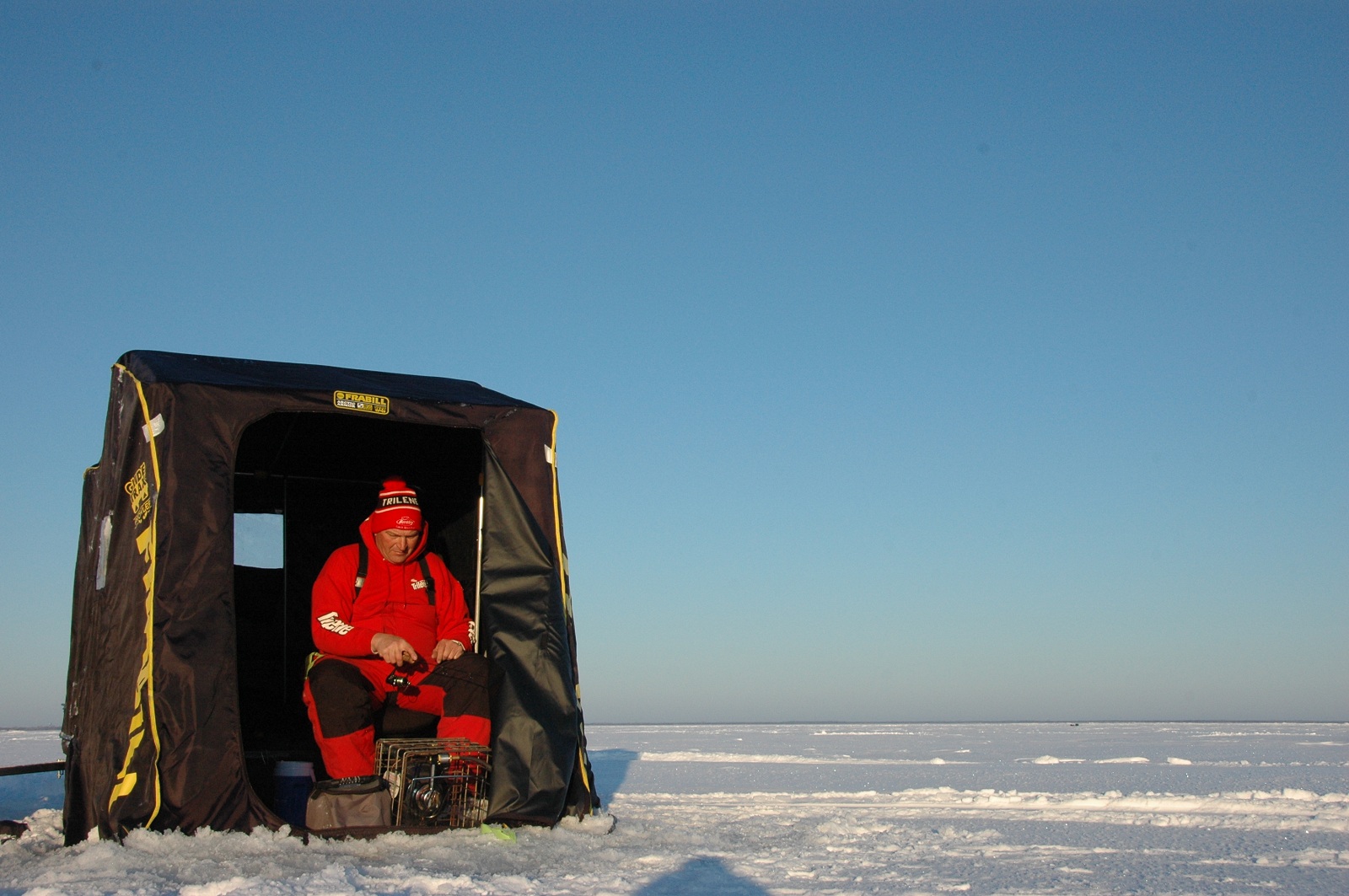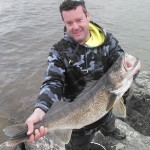Winter can be the most rewarding season of the year for fly anglers. If you can stand the cold, you just might have the river to yourself, experiencing solitude that’s rarely found when the mayflies are hatching in spring and summer. But there’s another reason to get out and fish between December and March: Winter can also be the most technically challenging season, demanding precision and skill more than any other time of the year.
Source: Fly Fishing Tips for Catching Winter Trout | Field & Stream









